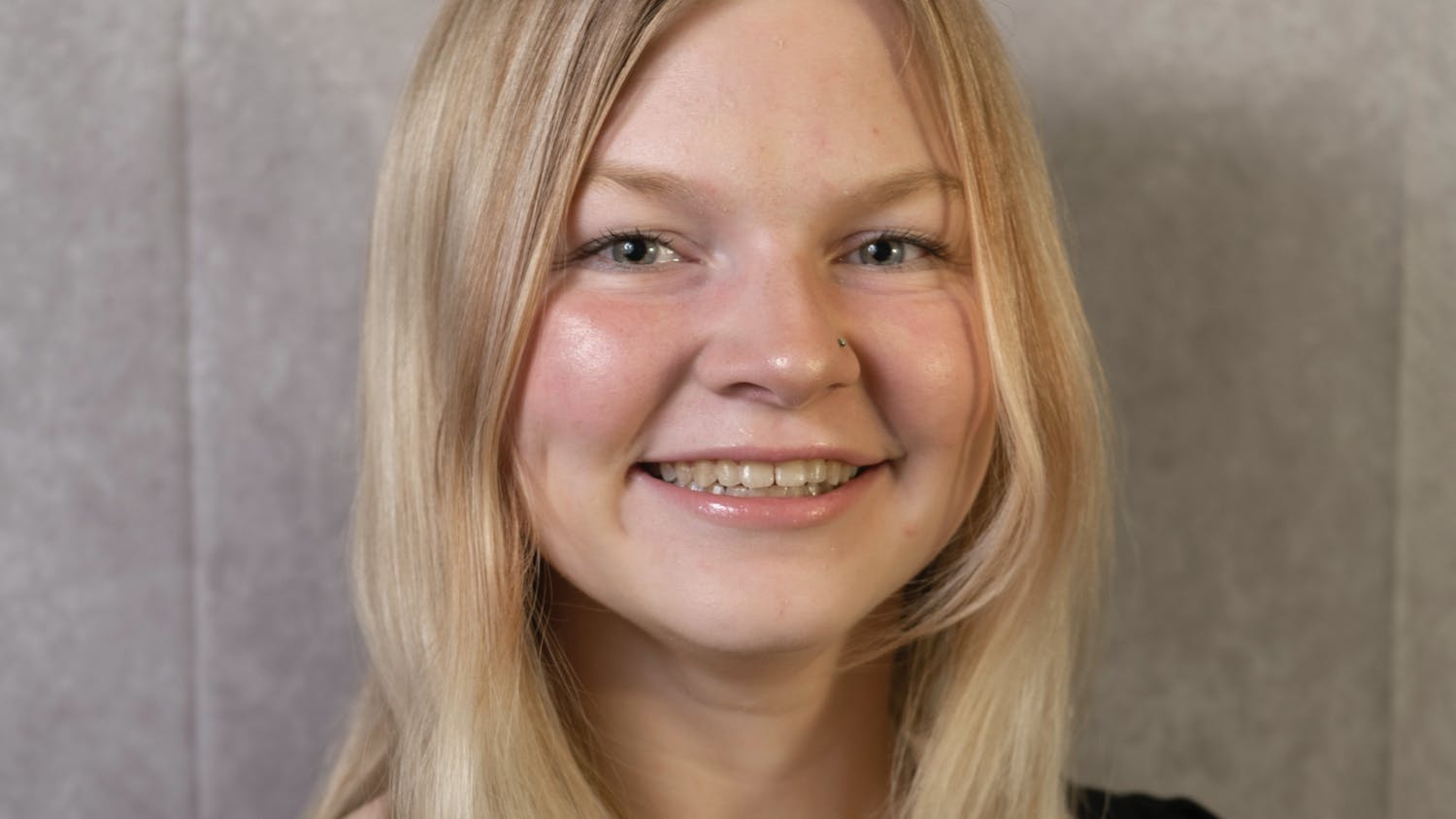My objective is to highlight fiber, the significance of which is underrepresented in MyPlate.
Remember learning about the “food pyramid” in grade school? It was a rather abstract guide for intake of fruits, vegetables, grains, protein, dairy and fats. Now we have the MyPlate program, which improved upon the understandability of dietary recommendations by providing an image of a plate with emphasis on balanced portion control. More specifically, about half the plate is comprised of fruits and vegetables, while 30 percent of the plate is grains, 20 percent proteins and a small circle representing a serving of dairy.
My objective is to highlight fiber, the significance of which is underrepresented in the MyPlate program.
Incorporating fiber-rich foods into your daily diet is beneficial for your heart, skin and gastrointestinal health, blood sugar control and a host of other things as well.
Fiber consumption also has a positive influence on weight management. Since fiber is indigestible, it can help you fill up faster and prevent you from overeating. The simple law of cause and effect tells us that if you fill up faster, you will not continue eating, consume less calories and find a more comfortable and healthy weight over time.
Therefore, I will argue that everyone should be cognizant of fiber-rich foods. No need to memorize them all, that’s what Google is for, but it would be a good idea to find the foods that you most enjoy and start adding more of those tasty fiber-rich foods to each meal you eat.
If you don’t have time to look up the specific foods rich in fiber, think whole grains, fruits and vegetables. Whole grains offer good alternatives as well, but in general our diets already include adequate grains (hopefully unrefined whole wheat) so I prefer to emphasize the fiber-rich capacity of the fruits and vegetables. Plus, fruits and vegetables offer so many other health benefits too including an array of antioxidants and phytochemicals.
If you peel your apples and mangos, and always cook your cucumbers, broccoli and bell peppers, you are missing out on some of the fiber. Fruits and veggies, in their raw, unadulterated form, are fiber-dense foods. Once peeled, they only offer a fraction of their true fiber potential (side note: if you peel and cook for concern of pesticides, rinsing is always a good idea, as well as purchasing organic derivatives of the “dirty dozen”).
We have only skimmed the surface of the interesting and complex topic of fiber. Given the constraints of this page, we could not discuss soluble and insoluble derivatives of fiber, the benefit of both and the many nuances of fiber. A general understanding and appreciation for fiber will go a long way to being a more healthy individual. This takes us back to the beginning:
I am a fan of MyPlate because it is a simple representation of what a balanced, appropriately portioned diet should look like. As is the case of fiber, it’s not just a matter of simply visualizing quantity of food. It is important to be aware of the subtle but vital importance of special nutrients, like fiber, on your plate.
Mark Gottschlich is a second year medical student at the Ohio University Heritage College of Medicine and a monthly columnist at The Post. Have questions about health and wellness? Email him at gg617012@ohio.edu; call your physician for personal or illness related concerns.






